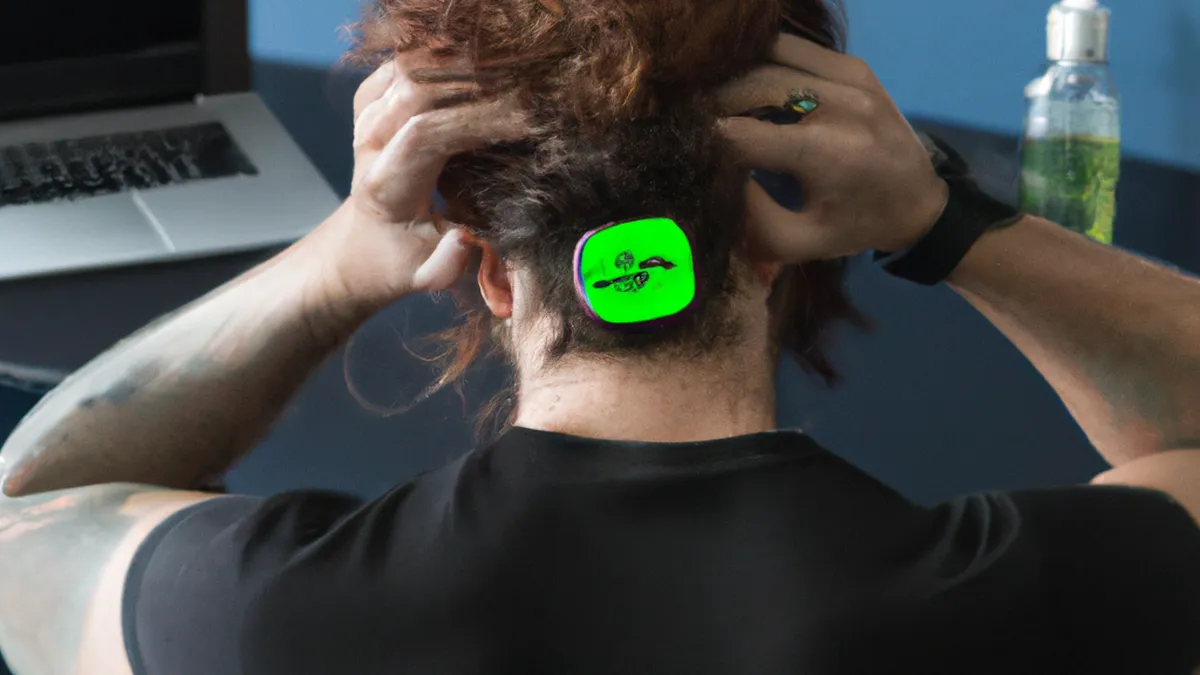Heart Rate Trends That Matter Most
Analyzing Heart Rate Variability TrendsHeart rate variability (HRV) measures the time variation between heartbeats. It reflects how well your body adapts to stress, recovers from exercise, and maintains balance. Analyzing HRV trends boosts your understanding of health, fitness, and emotional resilience. This post explores tips for analyzing HRV, improving it, and maintaining high HRV levels.
Understanding Heart Rate Variability
HRV gets influenced by stress, physical activity, and sleep. When you experience stress, your heart beats more uniformly, lowering HRV. This indicates sympathetic nervous system dominance, known as the “fight or flight” response. A higher HRV suggests a well-functioning autonomic nervous system, essential for optimal health. This system regulates involuntary functions like heart rate and digestion.To analyze your HRV effectively, adopt a consistent approach. Track your HRV over time with reliable devices or apps. Many fitness trackers and smartwatches now offer HRV measurement. Measure your HRV at the same time each day for consistency. This practice helps identify trends and makes your data actionable.
Tips for Analyzing HRV Trends
As an Amazon Associate I earn from qualifying purchases.
Gear tip: consider sleep mask, white noise machine, and blue light blocking glasses to support this topic.
1. Establish a Baseline
First, establish a baseline HRV. Track your HRV daily for at least two weeks. This period allows your body to adjust to the measurement process. A clear baseline helps identify fluctuations in your HRV and their causes.
2. Look for Patterns
After establishing your baseline, search for patterns in your HRV data. Note significant changes that correlate with your lifestyle. For example, does your HRV drop after poor sleep or during stressful work periods? Identifying these patterns reveals how various factors affect your HRV and health.
3. Keep a Journal
Maintaining a journal enhances your HRV analysis. Record daily activities, stress levels, sleep quality, and dietary choices. This information helps correlate lifestyle choices with HRV fluctuations. Over time, this data becomes invaluable for understanding your body’s responses.
4. Use Technology Wisely
Leverage technology to track your HRV. Many apps and devices provide insights into your HRV and overall health. Look for features that analyze trends and offer personalized recommendations. Remember, technology serves as a tool to complement your own observations.
Conclusion
Analyzing HRV trends helps you understand your health better. Establish a baseline, look for patterns, maintain a journal, and use technology wisely. These steps empower you to enhance your well-being.
Below are related products based on this post:
FAQ
What is heart rate variability (HRV)?
Heart rate variability (HRV) measures the time variation between heartbeats. It indicates how well your body adapts to stress, recovers from exercise, and maintains balance, reflecting overall health and emotional resilience.
How can I effectively analyze my HRV?
To analyze HRV effectively, track your HRV consistently over time using reliable devices or apps. Measure your HRV at the same time each day to identify trends and make your data actionable.
Why is it important to establish a baseline for HRV?
Establishing a baseline HRV is crucial as it allows you to identify fluctuations and their causes. Tracking your HRV daily for at least two weeks helps you understand how various lifestyle factors impact your health.















Post Comment